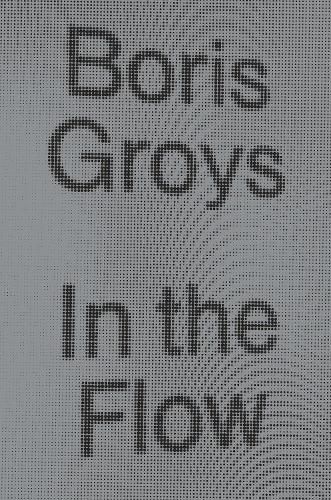Readings Newsletter
Become a Readings Member to make your shopping experience even easier.
Sign in or sign up for free!
You’re not far away from qualifying for FREE standard shipping within Australia
You’ve qualified for FREE standard shipping within Australia
The cart is loading…






In the early 20th century, art and its institutions came under critique from a new democratic and egalitarian spirit, as works of art as sacred object was decried and they would be understood as merely things. This meant an attack on realism, as well as the traditional preservative mission of the museum. Acclaimed art theorist Boris Gorys argues this led to the development of direct realism : an art that would not produce objects, but practices (from performance art to relational aesthetics) that would not survive. But for more than a century now, every advance in this direction has been quickly followed by new means of preserving art’s distinction.
In this major new work, Groys charts the paradoxes produced by this tension, and explores art in the age of the thingless medium, the internet. Groys claims that if the techniques of mechanical reproduction gave us objects without aura, digital production generates aura without objects, transforming all its materials into vanishing markers of the transitory present.
$9.00 standard shipping within Australia
FREE standard shipping within Australia for orders over $100.00
Express & International shipping calculated at checkout
In the early 20th century, art and its institutions came under critique from a new democratic and egalitarian spirit, as works of art as sacred object was decried and they would be understood as merely things. This meant an attack on realism, as well as the traditional preservative mission of the museum. Acclaimed art theorist Boris Gorys argues this led to the development of direct realism : an art that would not produce objects, but practices (from performance art to relational aesthetics) that would not survive. But for more than a century now, every advance in this direction has been quickly followed by new means of preserving art’s distinction.
In this major new work, Groys charts the paradoxes produced by this tension, and explores art in the age of the thingless medium, the internet. Groys claims that if the techniques of mechanical reproduction gave us objects without aura, digital production generates aura without objects, transforming all its materials into vanishing markers of the transitory present.